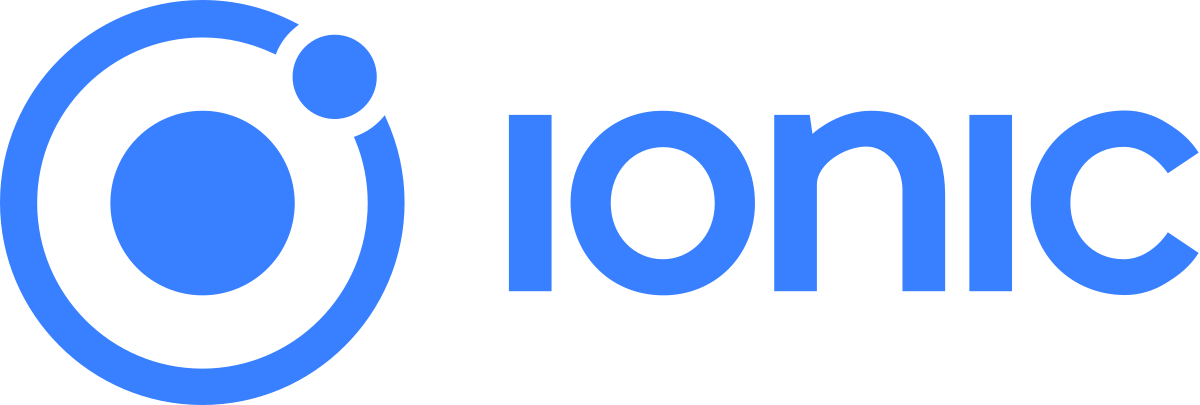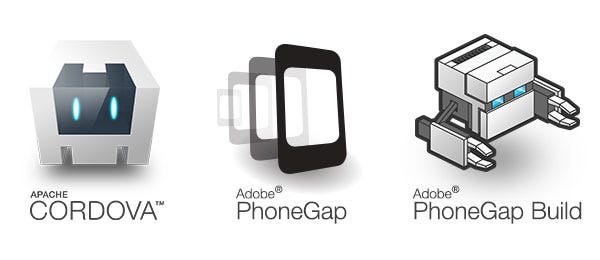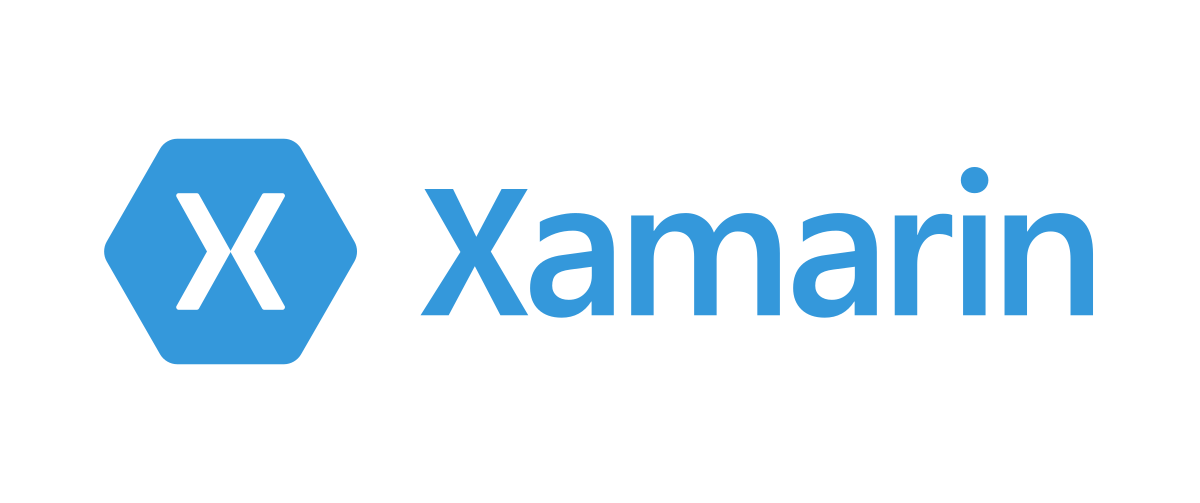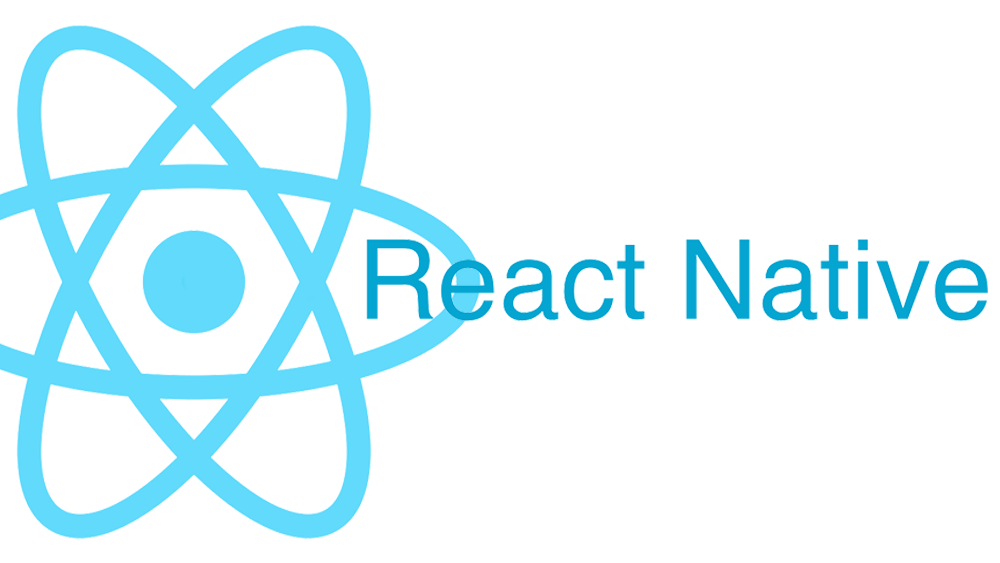Over time, there has been a paradigm shift in implementing smart and innovative business strategies. Most of the organizations are switching from desktop websites to mobile applications, as it is a fast-track way to reach global audiences.
However, to make your mobile app a real success, it is essential to make the right selection of mobile framework, platform, technologies, and databases. With age and time, there is a steady increase in the number of Android and iOS apps. In fact, cross-platform and hybrid app development also gained momentum thus one can definitely give credit to the best frameworks used for this major transformation.
Let’s have a look at some Top Mobile App Development Frameworks in 2019–20 that the most reliable mobile app development companies use to build successful apps
1. Ionic — Open-Source HTML5 Development Framework
Ionic is an open-source platform that provides cross-platform mobile application development. Mobile app developers love it! The significant advantage of the Ionic framework is that mobile developers can use a set of default UI elements like forms, filters, action sheets, list views, tab bars, and navigation menu in their design. Thus, it helps them to focus on developing apps instead of concentrating on UI elements. Moreover, if the developers are familiar with CSS, JavaScript, or HTML, then using the Ionic framework becomes much more manageable. It supports from Android 4.1, iOS 7 to all other upgraded versions of Android and iOS. Moreover, if developers use Ionic with a native mobile app in PhoneGap, it allows higher performance as compared to hybrid applications.
BENEFITS OF IONIC FRAMEWORK APP DEVELOPMENT
The Advantages of using Ionic application development framework are as following:
1. Easy to adopt
2. Cross-platform app development
3. User Interface
4. Built on AngularJS
5. Performance
6. Low-Cost Development — Get cost to create an Ionic App on AI-based tools
7. Cordova Plugins
Ionic uses Cordova plugin to access features like Camera, GPS, Flashlight and others. Mobile app developers can utilize these modules to build their application.

Few Experienced Ionic Framework app development companies are
- Clavax
- FuGenX
- Mindinventory
- Hidden Brains
2. PhoneGap — A Cross-Platform Mobile App Development Framework
It is also called Apache Cordova that lets mobile programmers develop a mobile application which is installed as a native app across multiple devices. It is one of the widely used technology as a single code base can be used for creating multiple versions of an app. Another big advantage of using PhoneGap is that it supports inbuilt device features like GPS, Camera, Phonebook, Storage, accelerometer and much more.

3. Xamrin — A Coder’s Delight, Top-Notch Cross-Platform Tool
Xamrin is an intelligent way to build an app, developers can use C# for Android, iOS, and Universal for Windows apps. It is one of the reliable tools that provide flexible native performance. Backed with Microsoft technology, it has approx. 1.4 million developers of the community. With an excellent native user interface, it not only helps developers to build a native app with ease but also controls the app to give ultimate user experience.
Advantages of using Xamarin Framework for your Mobile Projects
Benefits of Xamarin:
- Native User-Interface
- Xamarin has great native user interface & controls which allow you to create a native app.
- Cross-Platform App Development
- Xamarin is now included to Visual Studio with no extra cost including Visual Studio Community version which is free for Individuals, open source projects and smaller teams. So, Low-Cost development.
- Xamarin is a perfect choice for Cross-platform app development.
- Allows you to build Apps for Windows, Android, and iOS app & also share codes over multiple platforms.
- More Easy API Integration
- Useful compiled code
- Xamarin mobile App Framework allows you to generate productive and high-performing code that can access every native API
- Huge community and Support are available on official forum and third parties websites.
- Shared Code Base

Xamarin mobile framework will be having a radiant future the way they are decreasing the gap between various platforms also especially after Microsoft procured it and now has been free.
4. React Native — A Preferred Cross-Platform Solution for iOS and Android App Development
From Startups to Fortune 500 organizations, React Native is one of the popular frameworks in 2019–20 which is used to build both Android and iOS apps. React Native development allows mobile app developers to build high-performance apps in shorter development cycles and faster deployment times. React native deals with JSX thus there is no need for developers to learn more complex programming languages for developing Android or iOS apps. Moreover, it provides extremely smooth animations as the code is converted into native views before rendering.
Use our list as your go-to resource for React Native framework mobile app developers.
- Swenson He
- Clavax Technologies LLC
- Fueled
- WillowTree INC
- AppInventive.
The Core Benefits of Using React Native Mobile App Framework are as below
Reusability: React Native was originally developed by Facebook to design the user interface of its mobile application. In the beginning, the React Native framework only worked with iOS.
Efficiency: The benefits of React, such as high performance and a virtual DOM, carry over to React Native as well. Using React Native can make you more efficient and speed up your development times in a variety of ways.
JavaScript: JavaScript has risen from its lowly origins to become the king of web programming languages. Nearly everyone calling themselves a “web developer” has had a good deal of experience with JavaScript.

5. Corona SDK — Create Compatible Cross-Platform Apps in Minimum Time
Instead of large development teams, Corona SDK helps developers in building solitary code base that functions amazingly-well with Android, iOS, and Nook. Utilizing its features, Corona SDK includes interactivity and delightful graphics content into the apps. Also, Corona SDK app development scales content automatically across multiple devices. Gaming APIs are easily included to your app and allow you monetize app easily and quickly.

6. jQuery Mobile — Concise Cross-Browser JavaScript Framework
jQuery is a ready-to-use JavaScript library having various plugins like Image Slider, Content Slider, and Pop-Up Boxes, etc. The jQuery is easier than JavaScript libraries, as less code is written to attain the same features in comparison to other libraries. It makes web pages simpler, interactive and user-friendly. It is completely readable by all search engines and is optimized in terms of SEO.
7. Intel XDK — Create Mobile and Tablet Apps Using HTML5 and JavaScript
With a single code base, Intel XDK lets developers build mobile apps for iOS, Windows, Android, Amazon, and Nook. The main reason why developers use Intel XDK is that it comes with a drag-and-drop user interface thus interfaces are easily built. It comes with profiling and app debug options thus testing the app on different device configurations made easy.
8. Flutter — Seamless Creation of Awesome Mobile Applications
Flutter is a software development kit from the house of Google that attracts developers by leveraging them for faster coding. It makes the app development process more convenient by providing a single code base for Android and iOS. Flutter gives an advantage of modifying the old widgets and creating a new one effortlessly. Thus, helps to build responsive mobile applications that engage your target audience within a short period.
9. Mobile Angular UI — A Perfect Combination of Angular JS and Bootstrap

Mobile Angular UI consists of many interactive components like switches, overlays, and sidebars thus deliver a robust mobile experience to its users. There are a lot of benefits of this structural framework which makes it a smart choice for modern-day web applications. It is an open-source framework that helps in developing rich internet applications. Being a cross-browser compliant, Mobile Angular UI automatically handles JavaScript code suitable for each browser.
10. Appcelerator Titanium — #1 Cross-Platform Mobile App Development Solution
If you are looking for a one-stop mobile application framework, Appcelerator Titanium is the right choice. It features independent APIs that make accessing mobile device hardware relatively smooth and reliable. Appcelerator Titanium uses native UI components thus delivers good performance to its user base.
After considering various factors like development time period, budget, operating systems, and much more, we have provided the list of Mobile App Frameworks For 2020.









